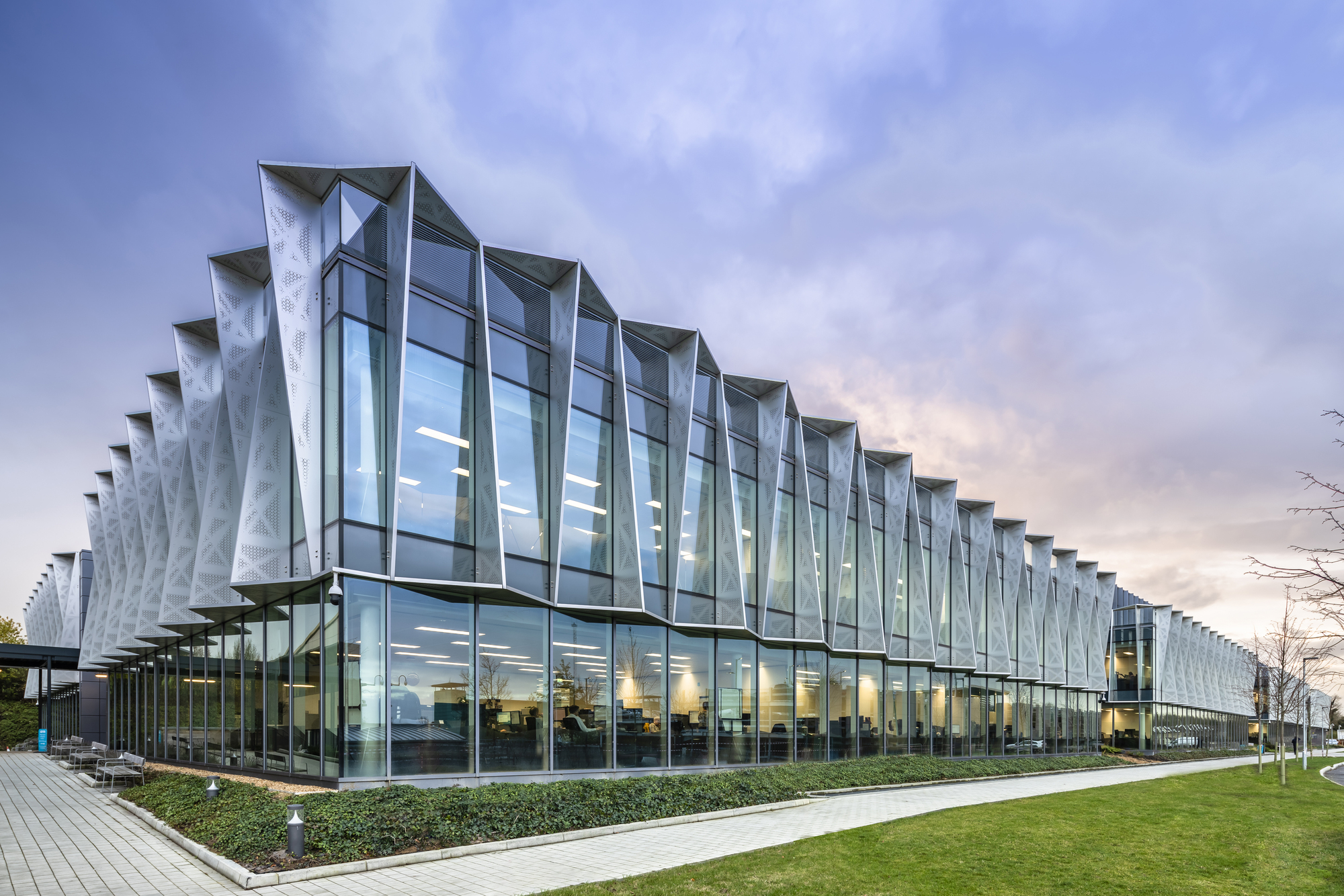Summary
- ARM’s management aspires to capture 50% of the data center CPU market by year-end, but current growth metrics don’t fully support this target.
- Recent wins with hyperscalers like AWS, Nvidia, Google, and Microsoft highlight ARM’s expanding presence in data center CPUs and strong performance benefits.
- Despite robust revenue and contract growth, ARM’s stock has surged ahead of fundamentals, trading at a high EV/EBITDA multiple with limited near-term upside.
- Given ambitious targets, valuation expansion, and macro uncertainties, I reiterate my Hold rating on ARM Holdings until growth better aligns with expectations.
Investment Thesis
Cambridge, UK-based Arm Holdings (ARM) is literally shooting for the stars in the AI data center market, at least the CPU side of it.
GPUs/XPUs typically attract all the attention when talking about AI data center build-outs due to the compute power these accelerators provide. But data centers also need CPUs for general-purpose computing while always looking to improve their TCO (total cost of ownership). And ARM’s chip architectural platforms have been winning share in the data center CPU markets.
On the back of the share wins came comments from ARM’s management over the past quarter, where they believed the company’s licensed architectural platform could win half the data center CPU space by the end of the year.
My own assessment shows some gap in management’s aspirations versus the server market growth trajectory. Moreover, the 50% jump in the stock over the past 3 months shows expectations are further ahead already, leading me to reiterate my hold rating on ARM Holdings.
Unpacking ARM’s Aspirations To Own Half The Data Center
ARM’s management, over the past 2-3 months, has been calling for projections that would look at the company’s “share of the global market for data center central processing units to surge to 50% by the end of the year, up from about 15% in 2024,” according to an interview with Reuters.
And ARM’s management is also riding high on scoring actual market share gains in the data center market after reporting a “14-fold growth in data center customers since 2021.” Some sell-side analysts have published research to back up the claims of ARM’s rise in the data center CPU space, showing the surge in market share gains since 2021 as well.
his is a very good development for ARM, that the popularity of their chip architecture has surged in popularity outside of the typical and traditional end markets such as smartphones and IoT, which have substantially matured over time, as noted in my previous post on ARM.
Over the past few years that ARM and other research reports reference, ARM has scored big wins among customers like Amazon’s (AMZN) AWS and Nvidia (NVDA). For example, Nvidia’s Grace CPU in the GB x100 server systems is built using Arm v9-based architecture and utilizes the Arm Neoverse V2 core. Neoverse is ARM’s IP that ARM’s clients use to design CPU cores targeted for HPC and AI workloads.
Similarly, at the annual AWS re:Invent event last year, AWS management revealed that more than half of their CPU capacity usage came from AWS customers choosing the ARM-based AWS Graviton CPUs. Over the same period of time, Google’s (GOOG) (GOOGL) GCP and Microsoft’s (MSFT) Azure have also switched over to using ARM architectures for their in-house CPUs, as noted in their respective company documentations. And as ARM’s CEO put it on a recent podcast, more clients, such as the already-named hyperscalers, seem to be warming up to the idea of using ARM’s chip architectures due to a reported “60% benefit in terms of performance,” which is a huge win for data center clients in terms of data center TCO.
So the growth runway looks set for ARM to take off in the near future, at least anecdotally. Research from IDC indicates that ARM-based servers will be one of the fastest-growing market categories, with ARM-based accelerated and non-accelerated servers growing at a 26.3% and 17.2% CAGR over the next 5 years.
Read Full Article: Seeking Alpha




